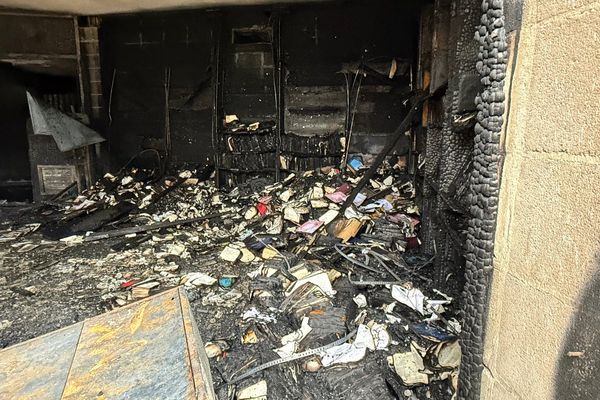
The National Gallery of Australia has commissioned an independent review of an upcoming exhibition following allegations that non-Indigenous arts workers contributed to works by Aboriginal artists.
An investigation published by the Australian newspaper alleged that white workers had interfered in the making of black art in APY Art Centre Collective studios.
Following the allegations, the National Gallery of Australia said it would review the provenance, authorship and the extent of the “hand of assistance” of artworks in a major exhibition featuring work from the APYACC.
The APYACC represents some of the country’s most respected Indigenous artists, including Yaritji Young, who with her sisters won the prestigious Wynne prize in 2016. According to the Australian’s report, studio workers allegedly contributed to Young’s work.
Young was contacted for comment. Alcaston Gallery, which represents Young, said it was her prerogative to use assistants however she wanted.
In a statement, the APYACC strenuously denied that any of their artists were compromised.
“We believe our professional studios meet [the] highest standards of integrity and professionalism,” the statement said.
“It is in no way interfering [with] the artist’s Tjukurpa (creation) or out of the ordinary for an art assistant to take part in this process … at the artist’s direction, Indigenous or otherwise,” the statement says.
“True industry experts understand the line between assistance at artists’ direction and interference with the artistic process and know that APY ACC has never crossed this line.
“It is grossly offensive to the many hundreds of proud Anangu who work with APY ACC to suggest otherwise, or that they would tolerate their Tjukurpa being interfered with.”
Beverly Knight, the director of Alcaston Gallery, said she “was shocked by the level of assistance” but stood by the artist.
“Any direction she gives to a studio assistance is for her to decide,” Knight said.
Knight said Young had health issues, but it was not uncommon for artists to give direction to assistants.
“I have been in hundreds of studios all over the world with assistants even doing all the work under direction,” she said.
“I know Yaritji and her health issues and I also know her culture is strong. To suggest Yaritji breached her cultural integrity is wrong.”
The Art Gallery of South Australia, which has more than 100 works from the collective in its collection, including work from Young, said they would not be conducting a review into the provenance of the collective’s work.
“We are not concerned [about the allegations]. We stand by the artists and the methods that the art centres undertake under the guidance of their individual boards of directors,” a spokesperson for the gallery said.
The Museum of Contemporary Art Australia also said it stands by the works in its collection, which have been done by 12 artists in the collective.
“The MCA has a thorough acquisition policy for all artworks in our collection and artworks shown at the museum, and stands by these artists and the creative process of their work,” a spokesperson said.
The Art Gallery of New South Wales did not comment on whether it would conduct its own review into its collection.
“Provenance and authorship are a constant focus of our ongoing art historical research into our collection,” a spokesperson said. “We welcome any independent investigations into the recent allegations published by the Australian newspaper.”
Claire Summers, the executive director of the Darwin Aboriginal Art Fair Foundation, said she was concerned by the allegations but was also worried about other issues in the industry. She said artists were being used by “unethical actors”.
“Over the past 50 years, First Nations artworks and artists have been targeted by unethical actors who exploit artists’ work by either not paying the artist the real worth of their artwork, or by reproducing their art for commercial sale without the artists’ permission.
“During this difficult time DAAF Foundation will continue to work with our art centre members and stakeholders to ensure their arts practice is not compromised.”
– With AAP







